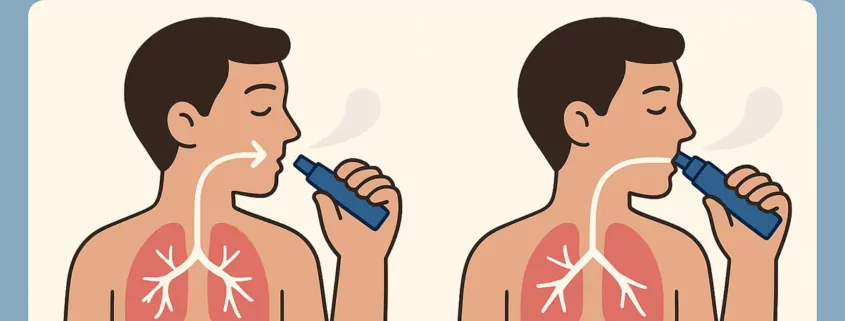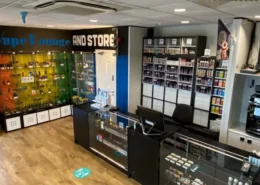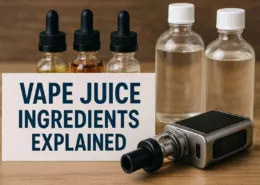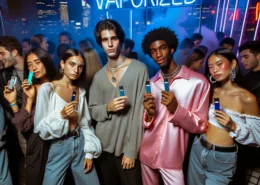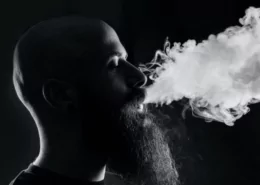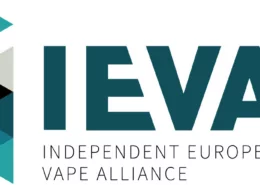MTL vs. DTL Vaping: Your Ultimate Guide to Mastering Inhale Styles
Understand Mouth-to-Lung (MTL) & Direct-to-Lung (DTL) vaping. Learn key differences, best devices, e-liquids & choose your ideal vape style.
Welcome to the vibrant world of vaping! Whether you’re just starting your journey away from traditional cigarettes or you’re an experienced vaper looking to refine your technique, you’ll inevitably encounter the terms “Mouth-to-Lung” (MTL) and “Direct-to-Lung” (DTL). These aren’t just arbitrary acronyms; they define distinct vaping styles that profoundly impact your overall experience – from the sensation of the inhale to the intensity of the flavour and the volume of vapor produced. Understanding the mechanics, nuances, and ideal setups for each style is crucial for finding your perfect vape. This comprehensive guide will demystify MTL and DTL vaping, explore their key differences, and help you choose the technique that best suits your preferences and needs.
What is Mouth-to-Lung (MTL) Vaping?
Mouth-to-Lung (MTL) vaping is a style that closely mirrors the way most people smoke a traditional cigarette. It’s a two-step inhalation process:
- First, you draw the vapor into your mouth. Here, the vapor is held momentarily, allowing your taste buds to register the e-liquid’s flavour notes.
- Then, you inhale the vapor from your mouth down into your lungs with a secondary breath.
This indirect inhalation method is precisely why MTL vaping is often the preferred starting point for smokers transitioning to vaping. The sensation is familiar and less overwhelming than other styles. MTL devices are specifically designed to facilitate this technique, typically featuring a tighter draw and more restricted airflow, which creates a sensation similar to the resistance felt when drawing on a cigarette filter. This familiar feeling can be incredibly satisfying for those looking to replicate the physical act of smoking.
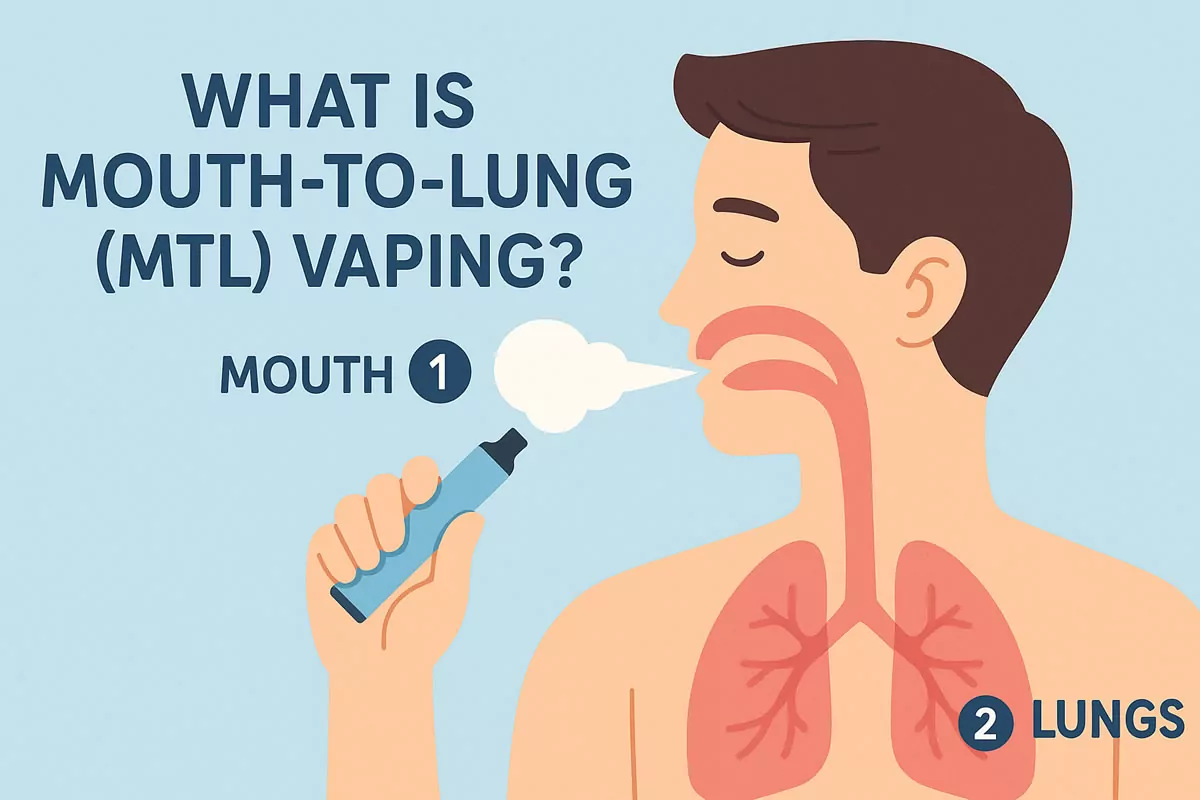
The Mechanics Behind MTL Vaping
To achieve an MTL inhale, you create negative pressure within your mouth by drawing on the mouthpiece of your vape device. This pulls the vaporized e-liquid into your oral cavity. The restricted airflow inherent in MTL devices means the vapor is more concentrated when it enters your mouth, often leading to a more intense flavour perception and a more pronounced “throat hit” – that familiar sensation at the back of the throat that many ex-smokers crave. It’s important to remember that this process involves vaporizing e-liquid (a mixture of propylene glycol (PG), vegetable glycerin (VG), flavourings, and optional nicotine) through heating, not combustion, which is the key differentiator from smoking.
Characteristics of MTL Vaping:
- Inhale Style: Two-step process (mouth, then lungs).
- Draw Resistance: Tighter, more restricted, similar to a cigarette.
- Vapor Production: Smaller, more discreet clouds. Often referred to as “stealth vaping” in public.
- Throat Hit: Generally more pronounced, especially with higher PG e-liquids and higher nicotine strengths.
- Flavour Perception: Often perceived as better or more nuanced due to the vapor being held in the mouth, allowing taste buds more contact time.
- E-Liquid Consumption: Typically uses less e-liquid per puff compared to DTL.
- Device Power: Usually requires lower battery power.
- Temperature: Produces a cooler vape.
What is Direct-to-Lung (DTL) Vaping?
Direct-to-Lung (DTL) vaping, sometimes referred to as Direct-Lung (DL) or “sub-ohm” vaping, is a distinctly different inhalation technique. As the name implies, it involves inhaling the vapor directly from the e-cigarette straight down into your lungs in one continuous, smooth breath, much like taking a deep breath of air or using an asthma inhaler. There’s no holding of the vapor in the mouth first.
This style is generally favored by more experienced vapers who are no longer seeking a cigarette-like experience but are instead looking for larger vapor clouds, a warmer vape, and often, a different type of flavour intensity. DTL vaping can feel overwhelming for beginners due to the sheer volume of vapor produced and the open, airy draw.
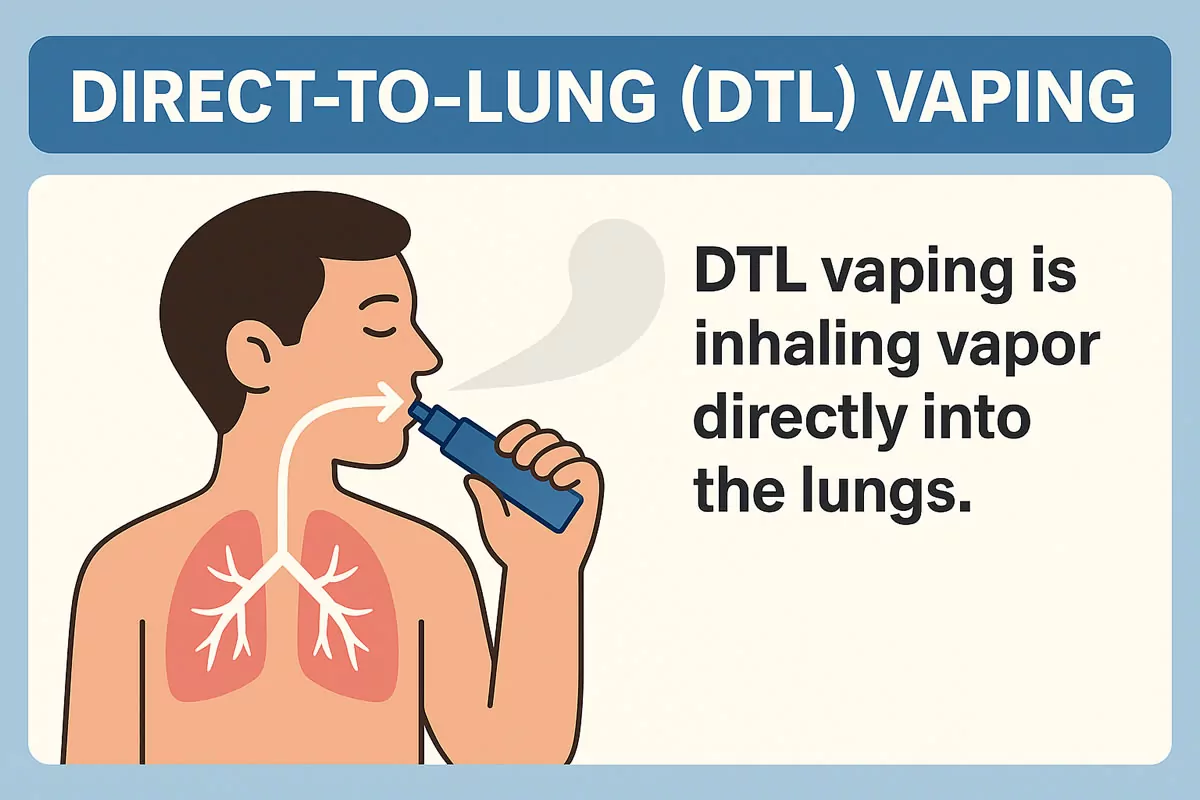
The Mechanics Behind DTL Vaping
DTL vaping requires devices with significantly more open or adjustable airflow. This allows a large volume of air to mix with the vapor as it’s inhaled, facilitating a deep lung hit. The draw is much looser and less resistant than MTL. Attempting to MTL vape on a device optimized for DTL can be difficult and unsatisfying, as the increased airflow and vapor volume can be too much to comfortably hold in the mouth.
DTL vaping is commonly associated with “sub-ohm” coils (coils with an electrical resistance below 1.0 ohm) and higher-powered vape mods. These setups can vaporize e-liquid at a faster rate and higher temperature, leading to the production of dense, voluminous clouds and a warmer vapor sensation.
Characteristics of DTL Vaping:
- Inhale Style: One-step process (directly into lungs).
- Draw Resistance: Looser, airy, less restrictive.
- Vapor Production: Significantly larger, denser clouds.
- Throat Hit: Can be intense, especially with higher PG or nicotine. Often, DTL vapers use lower nicotine to compensate.
- Flavour Perception: Can be very intense, though some argue the nuances are different than MTL due to the direct lung delivery.
- E-Liquid Consumption: Uses more e-liquid per puff due to higher power and vapor volume.
- Device Power: Requires higher battery power.
- Temperature: Produces a warmer vape.
MTL vs. DTL: What’s the Difference
Understanding the core differences between these two styles will help you select the right hardware and e-liquids to match your desired experience.
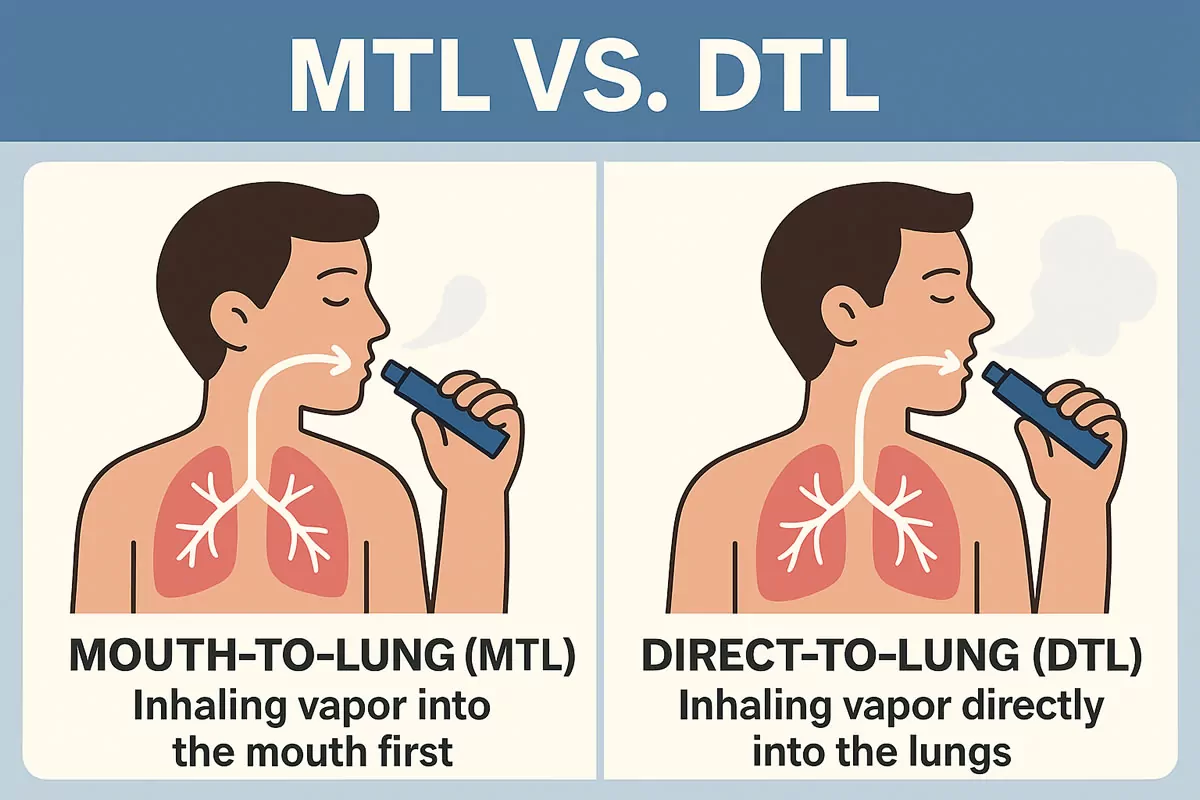
1. Airflow and Draw Resistance
This is arguably the most defining characteristic.
- MTL: Devices have narrow airflow channels, creating a tight, restricted draw. Think sipping through a narrow straw.
- DTL: Devices feature wide open airflow channels, resulting in a loose, airy draw. Think breathing through a wide tube.
Many modern devices offer adjustable airflow, allowing users to fine-tune the draw to their preference, sometimes even bridging the gap between a loose MTL and a restricted DTL.
2. Coil Resistance and Power Output
The coil (the heating element that vaporizes the e-liquid) and the power applied to it are crucial.
- MTL: Typically uses coils with a resistance higher than 1.0 ohm (often 1.2 ohm to 1.8 ohm or even higher). These “plus-ohm” coils require less power (lower wattage, typically 8-20W) to heat up, resulting in cooler vapor and less e-liquid consumption.
- DTL: Predominantly uses “sub-ohm” coils with a resistance below 1.0 ohm (e.g., 0.15 ohm, 0.5 ohm). These coils require significantly more power (higher wattage, often 30W to 100W+), heat up faster and hotter, and vaporize more e-liquid, leading to massive clouds.
3. E-Liquid Composition (PG/VG Ratio)
The ratio of Propylene Glycol (PG) to Vegetable Glycerin (VG) in your e-liquid significantly impacts the vaping experience and device compatibility.
- MTL: Often pairs best with e-liquids containing a higher proportion of PG (e.g., 50PG/50VG, 60PG/40VG, or even 70PG/30VG). PG is thinner, carries flavour well, and provides a stronger throat hit. Thinner liquids wick more efficiently in the smaller coils found in MTL devices.
- DTL: Typically requires e-liquids with a higher proportion of VG (e.g., 70VG/30PG, 80VG/20PG, or “Max VG”). VG is thicker and produces denser vapor clouds. The larger wicking ports in sub-ohm coils can handle thicker high-VG liquids. Using high-PG liquids in a DTL setup can result in an overly harsh throat hit.
4. Nicotine Strength and Type
The amount of nicotine and its formulation should align with your vaping style.
- MTL: Because less vapor is produced per puff, MTL vapers often use higher nicotine strengths (e.g., 6mg/ml, 12mg/ml, 18mg/ml, or even 20mg/ml, which is the legal limit in the UK/EU). Nicotine salts (nic salts) are also very popular for MTL vaping, as they deliver a smoother throat hit at higher nicotine concentrations, providing quicker nicotine satisfaction.
- DTL: Due to the large volume of vapor inhaled with each puff, DTL vapers almost exclusively use lower nicotine strengths (typically 0mg/ml, 3mg/ml, or occasionally 6mg/ml). Using high nicotine strengths with a DTL setup would result in an overwhelmingly harsh and unpleasant experience.
What is Restricted Direct-Lung (RDL) Vaping
It’s important to recognize that MTL and DTL aren’t always strictly binary choices. A third, increasingly popular style has emerged, known as Restricted Direct-Lung (RDL) or “loose MTL.” RDL vaping sits comfortably between the two extremes. It offers a more airy draw than a traditional tight MTL, allowing for a direct lung inhale, but with more resistance than a wide-open DTL setup. This style often provides a good balance: more vapor and warmth than MTL, but less intensity and cloud volume than full DTL. Many modern pod mods and AIO (All-In-One) devices with adjustable airflow are well-suited for RDL vaping, offering versatility.
Which Vaping Style is Right for You?
The best vaping style is entirely subjective and depends on your individual goals and preferences.
- If You’re New to Vaping (Especially Transitioning from Smoking): Start with MTL. The familiar draw, satisfying throat hit, and ability to use higher nicotine strengths make it the ideal entry point for most ex-smokers. Vape starter kits, pod systems, and vape pens are typically designed for MTL.
- If You Prioritize Intense Flavour and Throat Hit: MTL often excels here. The concentrated vapor held in the mouth allows for better flavour perception, and higher PG/nicotine provides a defined throat hit.
- If You Love Big Vapor Clouds (“Cloud Chasing”): DTL is your domain. Sub-ohm tanks, rebuildable atomizers (RDAs/RTAs), and high-powered mods are built for this.
- If You Want a More Intense, Warmer Vape: DTL generally provides a warmer, more powerful experience.
- If Discretion is Important: MTL produces significantly less vapor, making it more suitable for vaping discreetly in public (where permitted).
- If You Prefer Lower Nicotine or Nicotine-Free Vaping: While possible with MTL, DTL is often more satisfying with very low or zero nicotine due to the sheer volume and warmth of the vapor.
- If You Want a Balance: Consider exploring RDL with a device that offers adjustable airflow.
Finding Your Perfect Vape Devices and E-Liquids
Once you’ve identified your preferred style, choosing the right hardware is key:
- MTL Devices: Look for vape starter kits, pod systems (both pre-filled and refillable), vape pens, and MTL tanks. These typically have coils with a resistance of 1.0 ohm or higher. Disposable vapes are almost exclusively MTL.
- DTL Devices: Opt for sub-ohm tank kits, box mods paired with sub-ohm tanks or rebuildable atomizers (RDAs, RTAs, RDTAs), and some larger AIOs or “pod mods” designed for higher power. Coils will be below 1.0 ohm.
- RDL Devices: Many modern pod mods, AIOs, and some sub-ohm tanks with highly adjustable airflow can cater to RDL vaping.
Remember to match your e-liquid’s PG/VG ratio and nicotine strength to your chosen device and vaping style for the best performance and satisfaction.
Ecigator is one of the well-known vape brands spun off from FM Technology Co., Ltd, it’s an ISO-certified disposable vape manufacturer for OEMs, ODMs, and OBM since 2010. The founder team comes from top firms with more than 10 years of experience in the vaping industry and has devoted thousands of hours to providing users with a better and better experience.
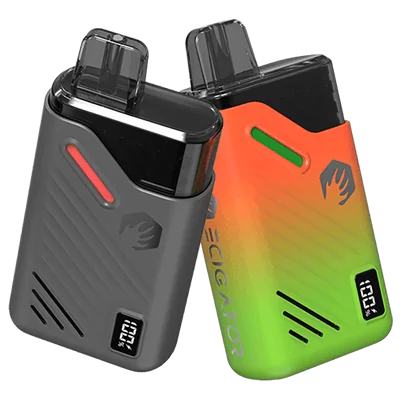
18K Disposable Pod Kit
Disposable Pod Kit – 18ml changeable pod with 650mAh rechargeable battery.
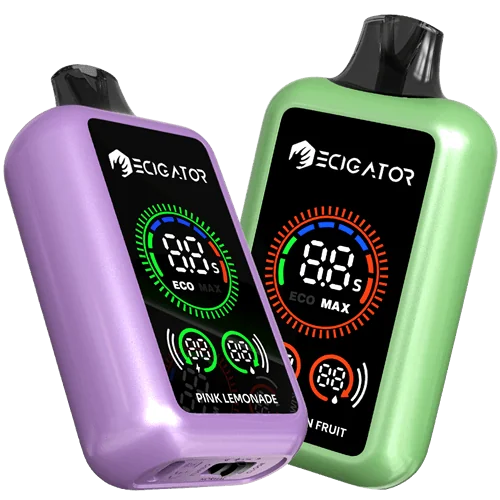
20K with Large Screen
20000 Puffs Disposable Vape with large screen. Normal and Boost working modes.
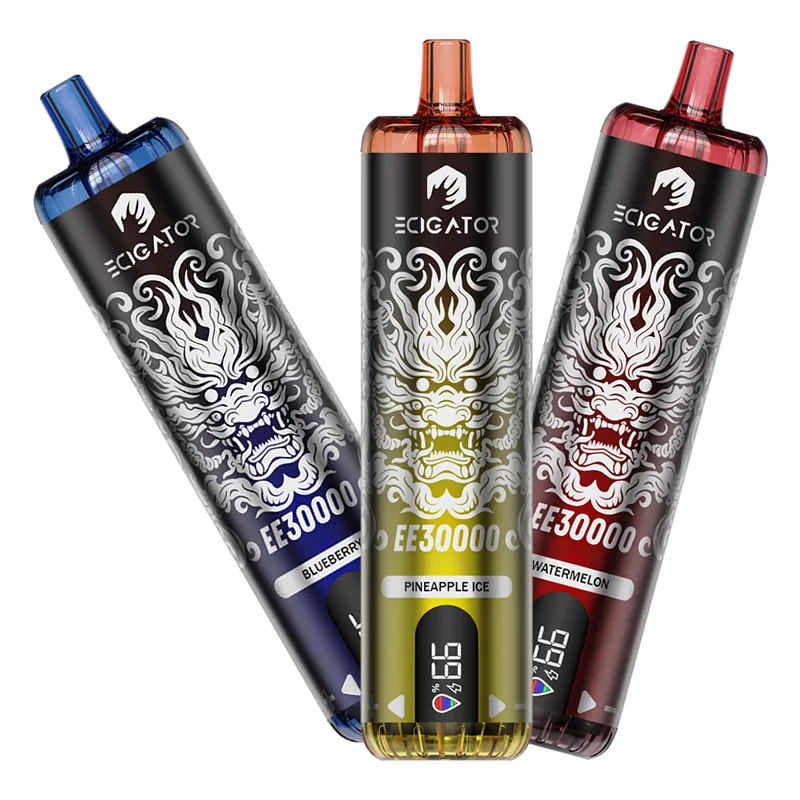
30K DTL Disposable
30K Puffs DTL(Directly to Lung) disposable vape with airflow control and screen.
Conclusion: Your Vaping Journey, Your Way
Mastering Mouth-to-Lung and Direct-to-Lung vaping, or finding your niche in the RDL spectrum, is about understanding the interplay between inhalation technique, device hardware, and e-liquid composition. There’s no universally “correct” way to vape; the ideal style is the one that provides you with the most satisfaction, whether that’s replicating the sensation of smoking, chasing intense flavours, or producing impressive clouds. Don’t be afraid to experiment with different setups (responsibly and with appropriate knowledge, especially concerning battery safety and coil building if venturing into advanced vaping). By understanding these fundamental vaping styles, you’re well-equipped to make informed choices and truly personalize your vaping experience.
- Spain Plans to Ban Smoking and Vaping on All Terraces by 2027 - August 7, 2025
- Maldives Issues MVR 127,000 in Vape-Related Fines in July - August 7, 2025
- Alabama Lawmaker Proposes Ban on Vaping in Public Places - August 7, 2025

